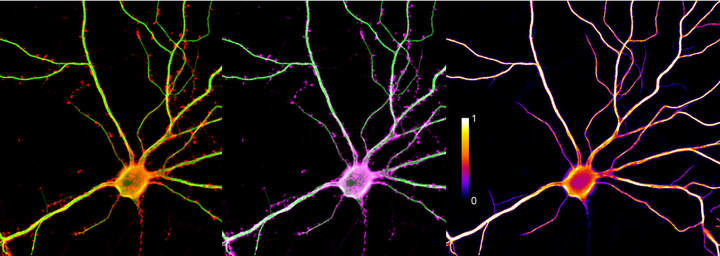

In other words, whatever behavior you get by interconnecting any number of gates (like AND, NOR, etc.), without feedback paths (to ensure it is state-less), can be implemented by a LUT. This truth table effectively defines how your combinatorial logic behaves. In the context of combinational logic, it is the truth table. The second dimension of the array may be any size and may have any maximum value (up to 64K), as both input and output are scaled to fit the required ranges.Īn article about Grayscale Transformation Sequences is also available within this knowledgebase.A LUT, which stands for LookUp Table, in general terms is basically a table that determines what the output is for any given input(s). The first dimension of the array must have lower bound of 1 and upper bound of 3. This property is used as a Final LUT when the image is being rendered for any purposes. This 2D-Array property allows a false-colour lookup table to be applied to a monochrome image. replace the pixel data by a post-LUT equivalent). For those reasons, sometimes it is better to apply any LUTs that your images need into the Pixel Data (i.e.

Even if all are individually supported, some viewer may not “chain” them correctly. VOI LUT is best supported, as we mentioned above, then comes the Modality LUT and finally the Presentation LUT (This is from our experience).

This required the p-Values to be inverted where the p-value out = maximum - output value. This represents no further transformation. The Linear transform for the presentation stage is described by the Presentation LUT Shape (2050, 0020). The Presentation LUT is described by the Presentation LUT Sequence (2050, 0010). The Presentation LUT transformation transforms the pixel values into P-Values, a device independent perceptually linear space. If multiple windowing values are present, they must all be linear or all sigmoid - there is no mechanism to control them individually. Most viewers allow the end user to select the VOI LUT or windowing to be used in some way. Importantly only one Modality Transform and Presentation transform can be present in DICOM data, however multiple VOI LUTs and multiple sets of width/centre values can be present but only 1 can be utilised by the viewer at any time. Notes:Īn explicit VOI LUT serves as a Replacement for Window Centre and Width therefore it is NOT technically allowed to window an image with a VOI LUT applied. If this is absent, or LINEAR, then a linear transform is applies, but if it is SIGMOID then the sigmoid version is used. In terms of the DICOM data, the only difference between the linear and sigmoid LUTs is the value of the 0028,1056 attribute. This non linear transformation is defined within the DICOM standard and applies a sigmoid rescale that is implemented by the viewer according to the standard. This transformation produces a linear lookup from Centre-Width/2 to Centre + Width/2. Both types are defined by the Window Centre (0028, 1050) and Window Width (0028, 1051) values, but the resulting shapes derived from those figures differ at the extremes of the range. The VOI LUT is described by the VOI LUT Sequence (0028, 3010). The Value Of Interest(VOI) LUT transformation transforms the modality pixel values into pixel values which are meaningful for the user or the application. Values of Interest (VOI) Transform VOI LUT Note:Īs Modality LUT is a pre-windowing transformation, Image’s Window Centre and Width can still be changed after Modality LUT or Rescale is applied. Where there is no LUT or rescale no transformation is required. This is a linear transformation, where the Modality step is described by the Rescale Slope (0028, 1053) and Rescale Intercept (0028, 1052) elements. It is identified by the presence of a Modality LUT Sequence element (0028,3000) containing one entry for the LUT. The Modality LUT transformation transforms the manufacturer dependent pixel values into pixel values which are meaningful for the modality and which are manufacturer independent. The following list shows the possibilities: CONTENTS At each stage the application of a specific LUT type may be required or not, as specified in the source DICOM data. The DICOM pipeline for rendering images contains a number of stages where a LUT type can be applied. These together with a number of other Pixel data modifiers are used within the pipeline to produce a flexible rendering chain. Used within these stages are 4 types of lookup table (LUT) which can be found within DICOM images are part of the standard, and one further type which exists in DicomObjects. There 3 stages or transforms within the DICOM rendering pipeline with regards to applying Lookup tables that can alter input values for rendering.


 0 kommentar(er)
0 kommentar(er)
